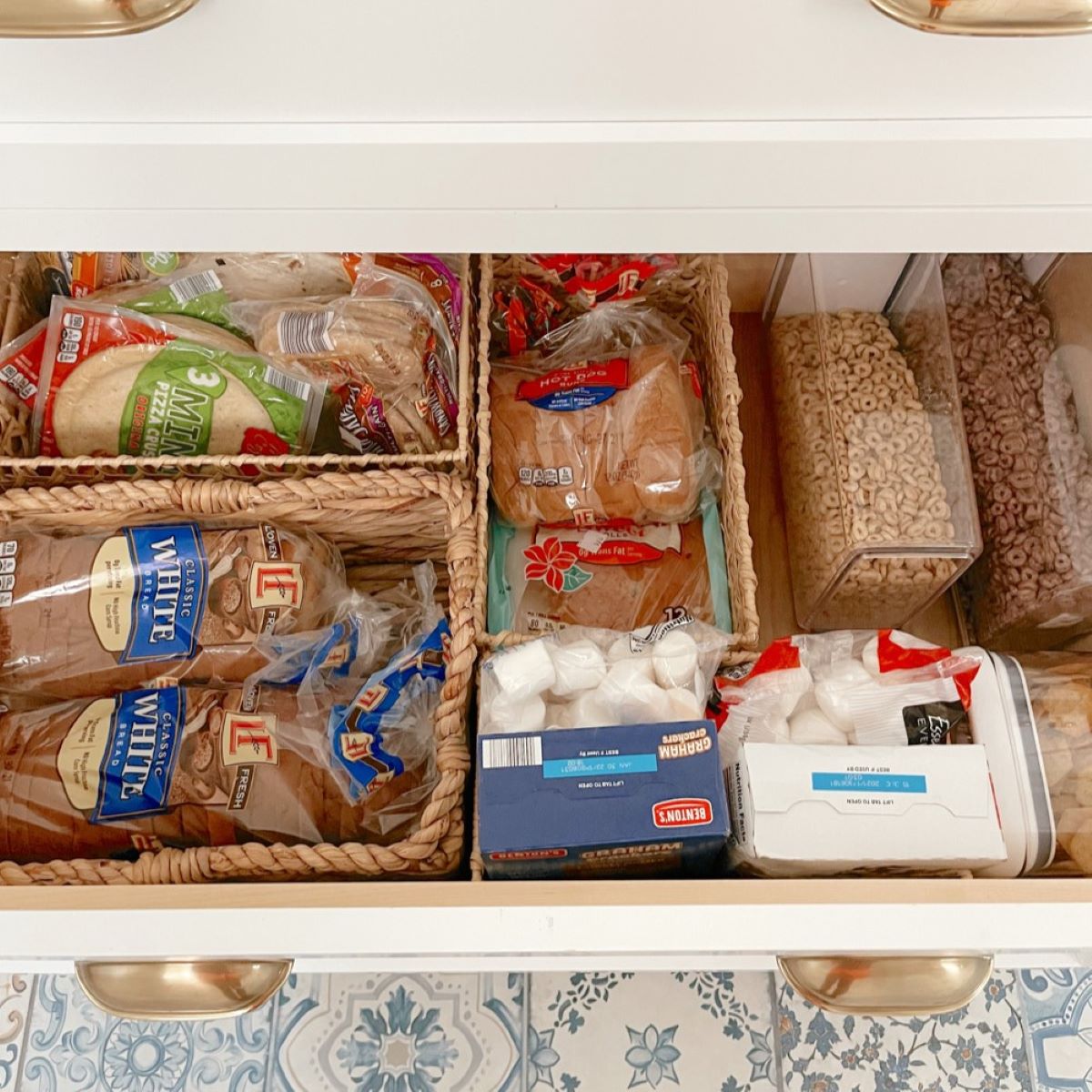

Articles
How To Store Bread In Pantry
Modified: May 6, 2024
Discover helpful articles on how to store bread in the pantry for maximum freshness and flavor. Learn expert tips and tricks to keep your bread delicious and long-lasting.
(Many of the links in this article redirect to a specific reviewed product. Your purchase of these products through affiliate links helps to generate commission for Storables.com, at no extra cost. Learn more)
Introduction
When it comes to storing bread, many people automatically think of keeping it in the refrigerator. However, refrigeration can actually accelerate the staling process and result in dry, tasteless bread. For optimal freshness and flavor, storing bread in the pantry is the way to go.
Storing bread in the pantry is not only convenient but also ensures that your loaf stays moist and delicious. With proper storage techniques, you can enjoy your bread for an extended period without compromising its quality.
In this article, we will explore the benefits of pantry storage, learn how to select the right bread for long-lasting freshness, discover the proper packaging methods, and uncover essential tips for preserving bread in the pantry. So, let’s dive in and master the art of storing bread in the pantry!
Key Takeaways:
- Preserve bread freshness and flavor by storing it in the pantry, avoiding refrigeration. Select dense, preservative-free bread, package it properly, and follow storage guidelines for optimal results.
- Regularly check bread quality, prevent moisture buildup, and implement proper storage techniques to enjoy fresh, delicious bread for an extended period.
Read more: How To Store Ziploc Bags In Pantry
Why Store Bread in the Pantry?
Storing bread in the pantry offers several advantages over other storage methods. Here are some compelling reasons to choose pantry storage for your bread:
- Prolongs Freshness: The pantry provides a cool, dry environment that helps to slow down the staling process and keep your bread fresh for a longer period. By avoiding the moisture and temperature fluctuations of the refrigerator, you can maintain the optimal texture and taste of your bread.
- Preserves Flavor: Bread stored in the pantry retains its natural flavors and aromas, delivering a more enjoyable eating experience. When bread is refrigerated, it can absorb odors from other foods, impacting its taste and quality.
- Prevents Soggy Texture: Refrigeration can make bread lose moisture, resulting in a dry and unappealing texture. Storing bread in the pantry helps to maintain the right balance of moisture, ensuring a soft and pleasant texture.
- Convenience: Storing bread in the pantry allows for easy access, especially if you enjoy having a slice or two throughout the day. There’s no need to wait for the bread to come to room temperature like when it’s stored in the fridge.
- Economical: Refrigerating bread can cause it to stale faster, leading to wastage. By storing bread in the pantry, you can maximize its shelf life, reducing the need for constant repurchasing.
- Preserves Crust Quality: Bread crust tends to become soft and chewy when refrigerated. Storing bread in the pantry helps to maintain the crust’s desirable texture and crispness.
Overall, pantry storage offers the ideal conditions for preserving the freshness, flavor, and texture of your bread, ensuring that each slice tastes as good as the first. With these benefits in mind, let’s move on to selecting the right bread for pantry storage!
Selecting the Right Bread for Pantry Storage
Not all bread is created equal when it comes to pantry storage. Choosing the right type of bread is essential to ensure maximum freshness and quality. Here are some factors to consider when selecting bread for pantry storage:
- Dense and Moisture-Rich: Opt for bread that is relatively dense and retains moisture well. Sourdough, whole-grain, and artisanal bread tend to have a denser texture and higher moisture content, making them ideal for pantry storage.
- Free from Preservatives: Look for bread that is free from preservatives. While preservatives can enhance shelf life, they can also negatively affect the flavor and quality of bread. Choose bread that is made with natural ingredients and minimal additives.
- Freshly Baked or Bakery-Bought: Whenever possible, select freshly baked bread or purchase from a local bakery. Freshly baked bread tends to have a shorter shelf life but will offer the best flavor and texture when stored in the pantry.
- Consider Loaf Size: Consider the size of the bread loaf when selecting for pantry storage. If you have a small household, opting for smaller loaves can help minimize waste and ensure that you consume the bread before it goes stale.
- Check Best-By Date: While pantry storage allows for longer shelf life, it is still essential to check the best-by date on the bread packaging. Choose bread with a reasonable shelf life that aligns with your consumption habits.
- Personal Preferences: Ultimately, choose bread based on your preferences. Whether you love a classic white loaf, a hearty rye bread, or a flavorful multigrain option, make sure to select bread that you enjoy eating.
By selecting the right bread for pantry storage, you can set yourself up for success in preserving its freshness and ensuring a delightful eating experience. Now that you have chosen the perfect loaf, let’s dive into the proper packaging techniques for storing bread in the pantry!
Properly Packaging Bread for Pantry Storage
Proper packaging is key to maintaining the freshness and quality of bread during pantry storage. Here are some effective methods for packaging bread:
- Use Bread Bags: Bread bags are specifically designed to keep bread fresh. Place the bread loaf inside a bread bag and seal it tightly. Twist tie or use a clip to secure the opening, preventing air from entering and moisture from escaping.
- Wrap in Plastic Wrap: If you don’t have bread bags, you can use plastic wrap as an alternative. Wrap the bread loaf tightly in several layers of plastic wrap, ensuring that no part of the loaf is exposed to air.
- Avoid Excessive Handling: When packaging bread, handle it gently to avoid squishing or damaging the loaf. Rough handling can lead to compressed texture and a loss of freshness.
- Avoid Foil or Paper Wrapping: While foil or paper may offer some protection, they are not the ideal choices for storing bread in the pantry. They do not provide an airtight seal, which can lead to faster staling and potential moisture loss.
- Consider Bread Boxes: Bread boxes are another option for storing bread in the pantry. These boxes help to regulate moisture and maintain the bread’s freshness. Choose a bread box that provides good ventilation to prevent mold growth.
- Keep Away from Direct Sunlight: Store the packaged bread in a cool, dry area of the pantry away from direct sunlight. Sunlight can accelerate staling and compromise the quality of the bread.
- Repackage if Necessary: If you have purchased store-bought bread that is packaged in plastic or paper, consider transferring it to a bread bag or plastic wrap for better preservation. The original packaging may not provide sufficient protection.
By properly packaging your bread for pantry storage, you can create an optimal environment that promotes freshness and extends shelf life. Next, let’s explore the best practices for storing sliced bread and homemade bread in the pantry.
Storing Sliced Bread in the Pantry
If you prefer pre-sliced bread or enjoy having ready-to-eat slices on hand, storing them properly in the pantry is crucial to maintain their freshness. Here’s how to store sliced bread in the pantry:
- Package Individual Slices: To prevent the entire loaf from drying out, consider packaging individual slices separately. Place each slice in a resealable plastic bag or wrap them tightly in plastic wrap.
- Seal the Bags: Make sure to seal the bags or plastic wrap tightly to prevent air from entering and moisture from escaping. This will help to retain the moisture and softness of the bread.
- Store in a Bread Box or Container: Consider placing the packaged slices in a bread box or airtight container to provide an additional layer of protection. This will also help to prevent the slices from getting squished or exposed to excess air.
- Keep Away from Moisture: Avoid storing sliced bread near areas that generate moisture, such as the sink or stove. Moisture can lead to mold growth and spoil the bread.
- Rotate the Slices: If you have multiple slices of bread, be sure to rotate them periodically. This prevents any particular slice from being exposed to air for an extended period, ensuring that each slice stays fresh.
- Consume within a Reasonable Timeframe: While properly stored sliced bread can remain fresh for several days, it’s best to consume it within a reasonable timeframe to enjoy it at its peak. Check the best-by date on the bread packaging as a guideline.
By following these storage guidelines, you can keep your sliced bread fresh, moist, and ready for your next delicious sandwich or toast. Now, let’s move on to storing homemade bread in the pantry!
Store bread in a paper bag or bread box in the pantry to help maintain its freshness. Avoid storing bread in plastic bags, as they can trap moisture and lead to mold growth.
Read more: How To Store Canned Food In Pantry
Storing Homemade Bread in the Pantry
Homemade bread requires proper storage to maintain its freshness and flavor. Whether you’ve baked a warm loaf of crusty artisan bread or a soft and fluffy sandwich bread, here’s how to store homemade bread in the pantry:
- Cool Completely: Allow the homemade bread to cool completely before storing it. This prevents moisture buildup inside the packaging, which can lead to a soggy texture or mold growth.
- Package Properly: Package the homemade bread in airtight plastic bags or wrap it tightly in multiple layers of plastic wrap. Ensure that there are no openings or gaps for air or moisture to enter.
- Consider Bread Boxes: If you have a bread box, it can be an ideal option for storing homemade bread. The box provides a controlled environment that helps to retain moisture and prevent the loaf from drying out.
- Avoid Refrigeration: Do not refrigerate homemade bread unless it contains perishable ingredients like dairy or eggs. Refrigeration can accelerate staling and result in a loss of freshness and quality.
- Store in a Cool, Dry Area: Find a cool and dry spot in your pantry to store the packaged homemade bread. Avoid areas prone to heat or direct sunlight, as they can cause the bread to dry out more quickly.
- Consume Within a Few Days: Homemade bread is typically preservative-free, so it is best to consume it within a few days for optimal freshness. Enjoy the bread while it is still at its best quality.
- Consider Freezing: If you cannot consume the homemade bread within a few days, consider freezing it in slices or as a whole loaf. Properly wrap the bread in airtight packaging before freezing. Thaw the bread at room temperature when ready to enjoy.
By following these guidelines, you can preserve the deliciousness of your homemade bread and enjoy it for an extended period. Now that you know how to store homemade bread, let’s move on to some essential tips for preserving bread freshness in the pantry.
Tips for Preserving Bread Freshness in the Pantry
Preserving the freshness of bread in the pantry requires some extra care and attention. Here are some tips to help you keep your bread fresh and delicious:
- Keep the Pantry Clean: Regularly clean and organize your pantry to prevent the accumulation of crumbs and potential contaminants that can affect the freshness of your bread.
- Prevent Moisture Buildup: Moisture can cause bread to become stale or moldy. Make sure there are no leaks or sources of excessive moisture in your pantry that could impact the bread’s quality.
- Avoid Exposing Bread to Air: When retrieving bread from the pantry, seal it tightly after each use. Leaving the bread exposed to air can lead to rapid staling.
- Consider Slicing as Needed: To minimize exposure to air, consider slicing the bread only when you are ready to eat it. This helps to maintain the freshness of the remaining loaf.
- Use a Bread Knife: When slicing bread, use a sharp bread knife to ensure clean cuts and prevent squishing the loaf. This helps to preserve the texture and integrity of the bread.
- Avoid Storing Bread Near Strong Odors: Bread can absorb odors easily, so keep it away from strong-smelling foods or cleaning products in the pantry to preserve its natural flavor.
- Replenish the Bread Supply Mindfully: If you regularly consume bread, be mindful of your consumption patterns and only buy what you’ll realistically use within a few days. This reduces the risk of bread going stale or becoming wasted.
- Consider Reviving Stale Bread: If you find that your bread has become slightly stale, consider reviving it by warming it in the oven or toasting it. This can help to restore some of the bread’s freshness and make it enjoyable again.
- Donate Excess Bread: If you have more bread than you can consume, consider donating it to a local food bank or sharing it with friends or neighbors. This ensures that the bread is put to good use and not wasted.
By implementing these tips, you can maintain the freshness and extend the shelf life of your bread in the pantry. Proper storage and handling will help you make the most out of your bread and enjoy it at its best. Now, let’s move on to the importance of checking bread quality and safety in the pantry.
Checking Bread Quality and Safety in the Pantry
While bread can last for a reasonable amount of time when stored in the pantry, it’s essential to regularly check its quality and ensure its safety for consumption. Here are some guidelines for evaluating bread in the pantry:
- Inspect for Mold: Check the bread for any signs of mold growth. Mold can develop in warm and humid environments, and it poses health risks if consumed. Discard bread with visible mold, including neighboring slices to prevent cross-contamination.
- Look for Signs of Staling: Staling is a natural process that occurs as bread loses moisture over time. While slightly stale bread may still be safe to eat, it can have a less desirable texture and taste. Consider reviving stale bread or repurposing it into croutons or breadcrumbs.
- Check for Off Odors: Bread should have a neutral, fresh smell. If you detect any unusual or unpleasant odors, it may indicate spoilage or contamination. Trust your senses and discard bread that smells off.
- Note Texture Changes: Pay attention to the texture of the bread. If it becomes excessively dry, hard, or develops a strange consistency, it may be an indication of degradation. Such changes can affect the overall quality and enjoyment of the bread.
- Consider Crust Condition: The crust of the bread can reveal important information about its freshness. A soft and chewy crust is a good sign, indicating that the bread has been stored properly. A tough or brittle crust may suggest that the bread has gone stale.
- Observe Color Changes: Take note of any noticeable changes in the color of the bread. While slight browning is normal and a sign of caramelization, significant discoloration or a greenish tint may indicate spoilage or microbial growth.
- Trust Your Judgment: Ultimately, use your judgment when evaluating bread quality. If anything seems off or if you are unsure about the freshness or safety of the bread, it’s better to err on the side of caution and discard it.
Regularly checking bread in the pantry allows you to catch any signs of spoilage or degradation early on, ensuring that you consume bread that is safe and enjoyable. With these guidelines in mind, you can confidently enjoy your bread knowing it is of the highest quality. Now, let’s wrap up our discussion.
Conclusion
Storing bread in the pantry is a practical and effective way to preserve its freshness and flavor. By following the proper techniques for selection, packaging, and storage, you can enjoy delicious bread for an extended period.
Choosing the right bread, such as denser and moisture-rich varieties, ensures that your pantry-stored bread remains fresh for longer. Properly packaging bread in airtight bags or using bread boxes helps to keep moisture in and air out, maintaining its texture and taste.
When it comes to storing sliced bread, individually packaging slices and sealing them tightly prevents the entire loaf from drying out. Homemade bread, on the other hand, needs to cool completely before being properly packaged and stored in a dry and cool area of the pantry.
Preserving the freshness of bread in the pantry involves practicing good hygiene, preventing moisture buildup, and avoiding exposure to air. Regularly checking bread for mold, staling, odors, texture changes, and color variations helps ensure its quality and safety.
In conclusion, with the knowledge and tips shared in this article, you can confidently store your bread in the pantry and savor each slice at its freshest. Enjoy the convenience and pleasure of having delicious bread readily available and make the most out of your pantry storage. Happy bread storing and enjoy your delightful homemade sandwiches, toasts, and more!
Excited about keeping your bread fresher for longer? Dive deeper into our guide on best bread storage options, where you'll find the best options tailored for 2024. If you're also looking to spruce up your space, don't miss out on our practical advice on pantry organization. These insights will not only streamline your kitchen but also enhance your daily routine. So, why wait? Check out these tips now and transform your pantry management like never before!
Frequently Asked Questions about How To Store Bread In Pantry
Was this page helpful?
At Storables.com, we guarantee accurate and reliable information. Our content, validated by Expert Board Contributors, is crafted following stringent Editorial Policies. We're committed to providing you with well-researched, expert-backed insights for all your informational needs.
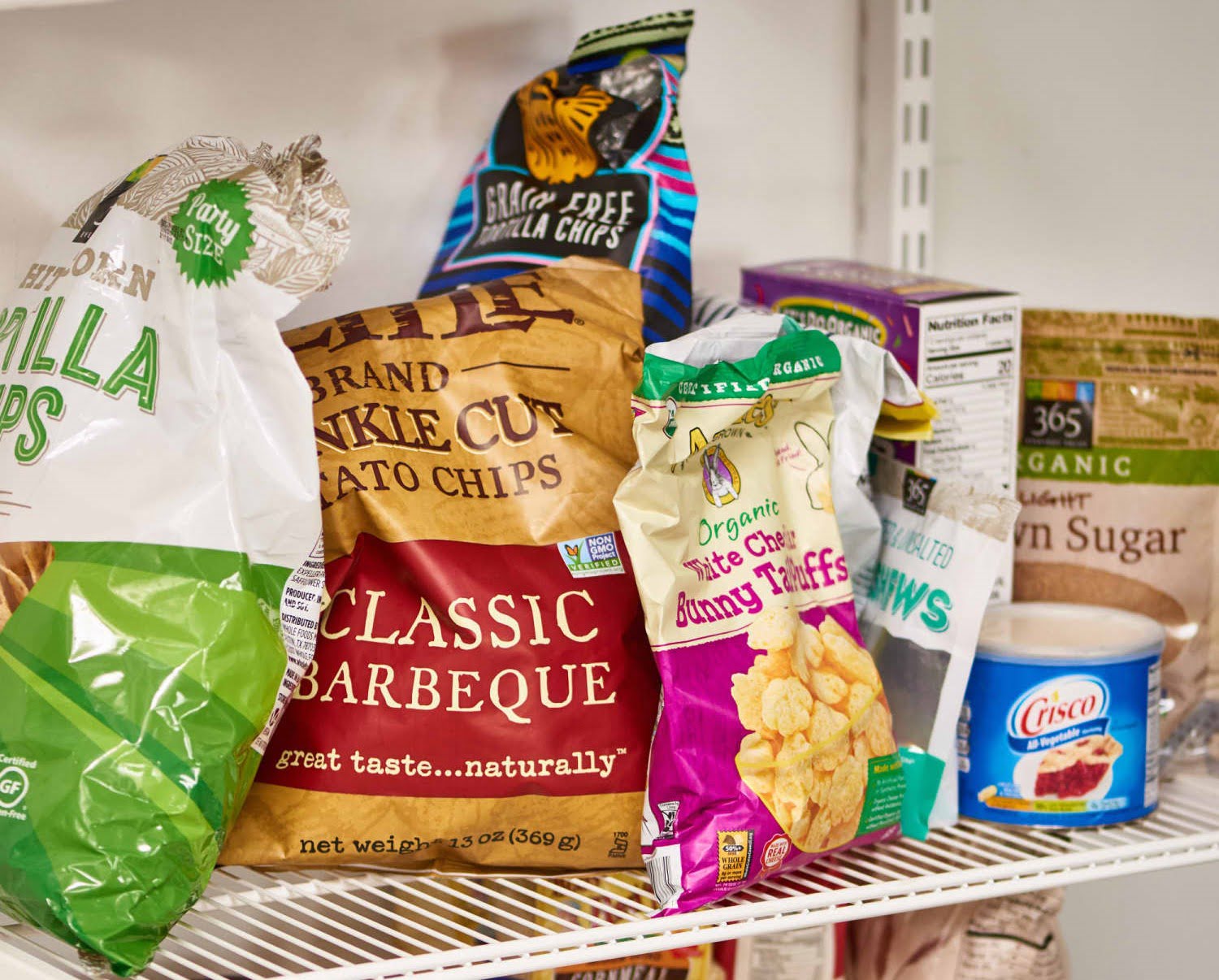
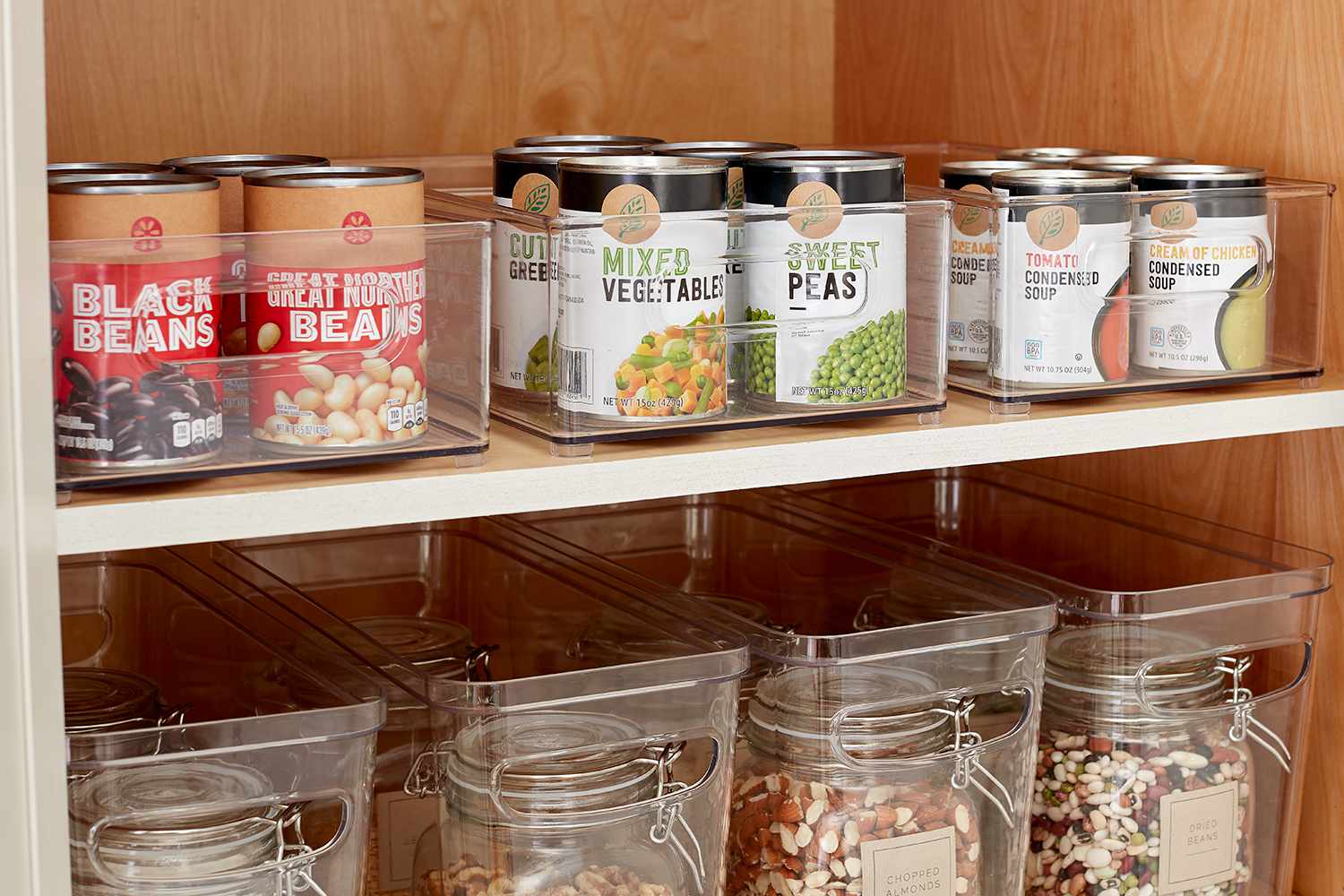



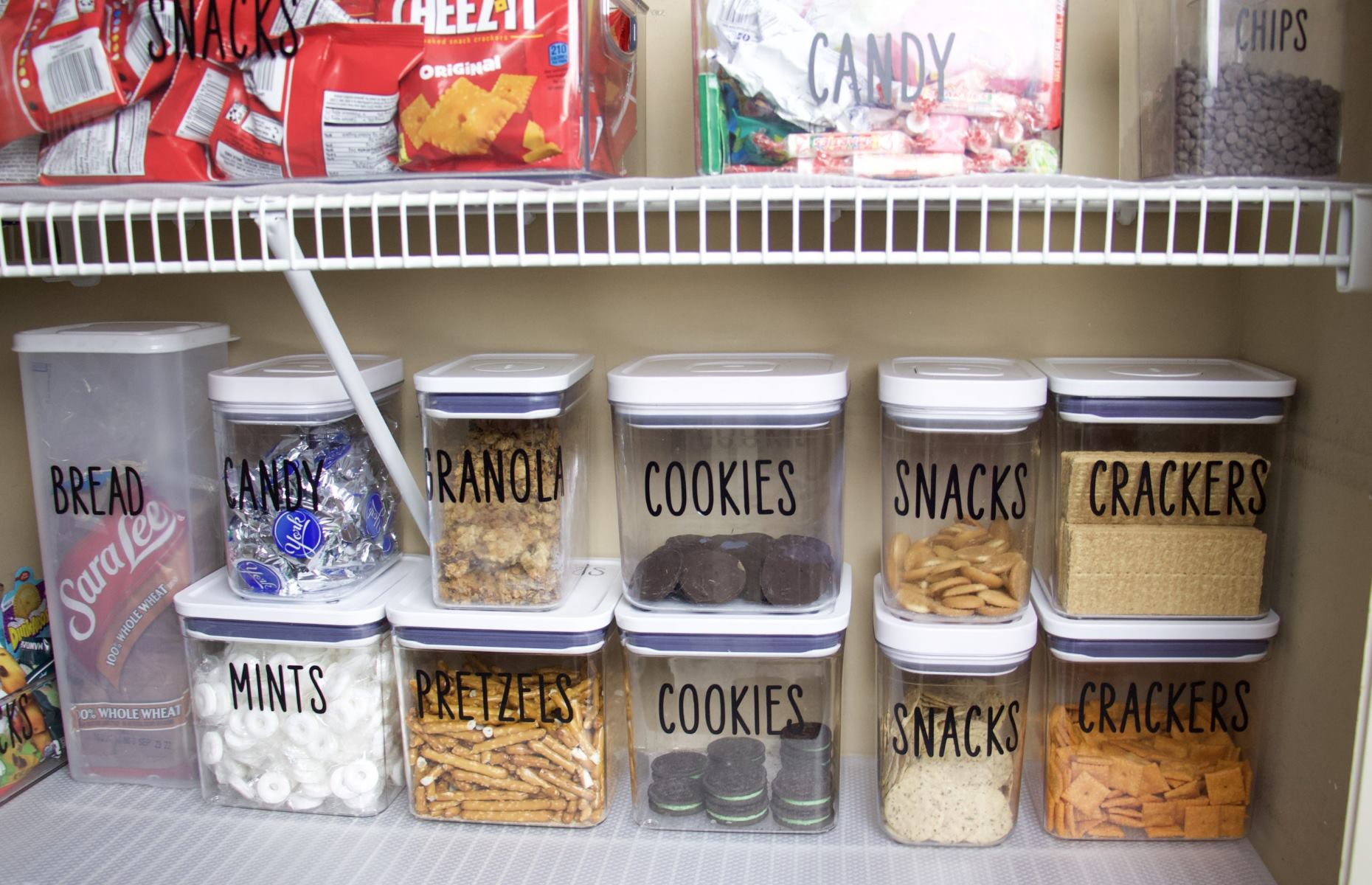
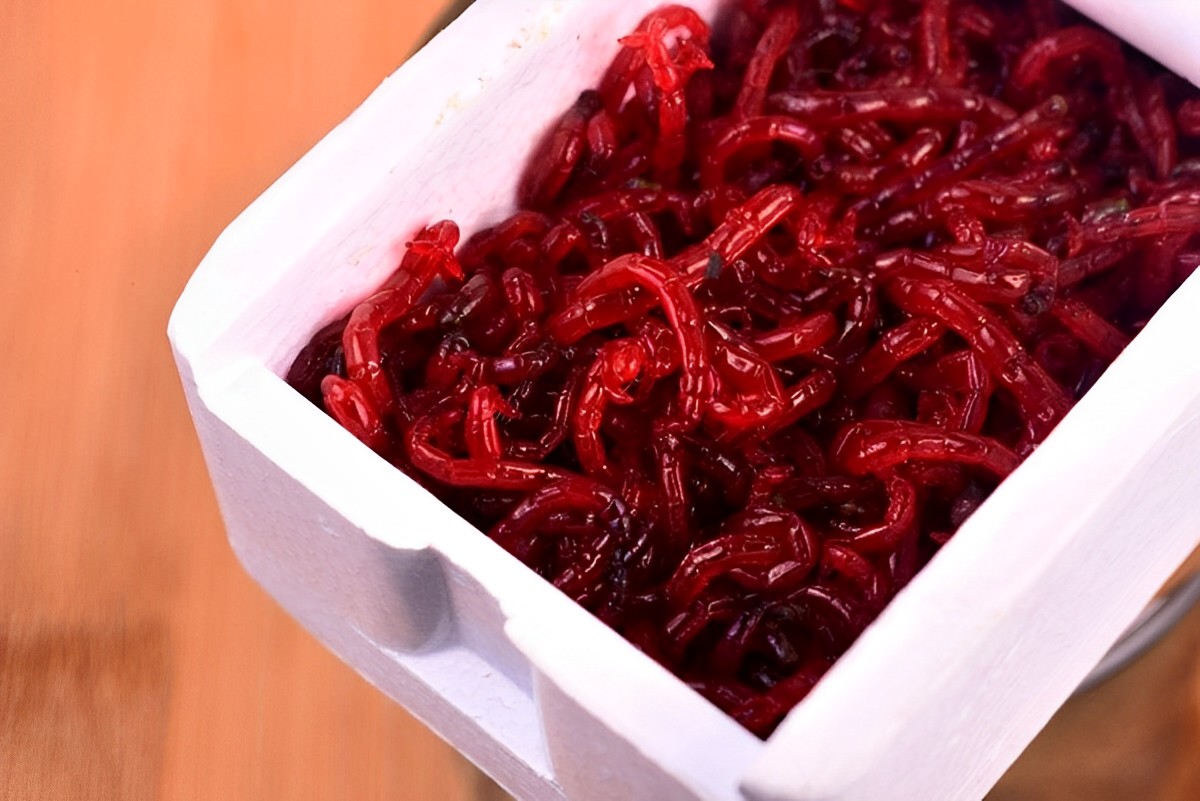
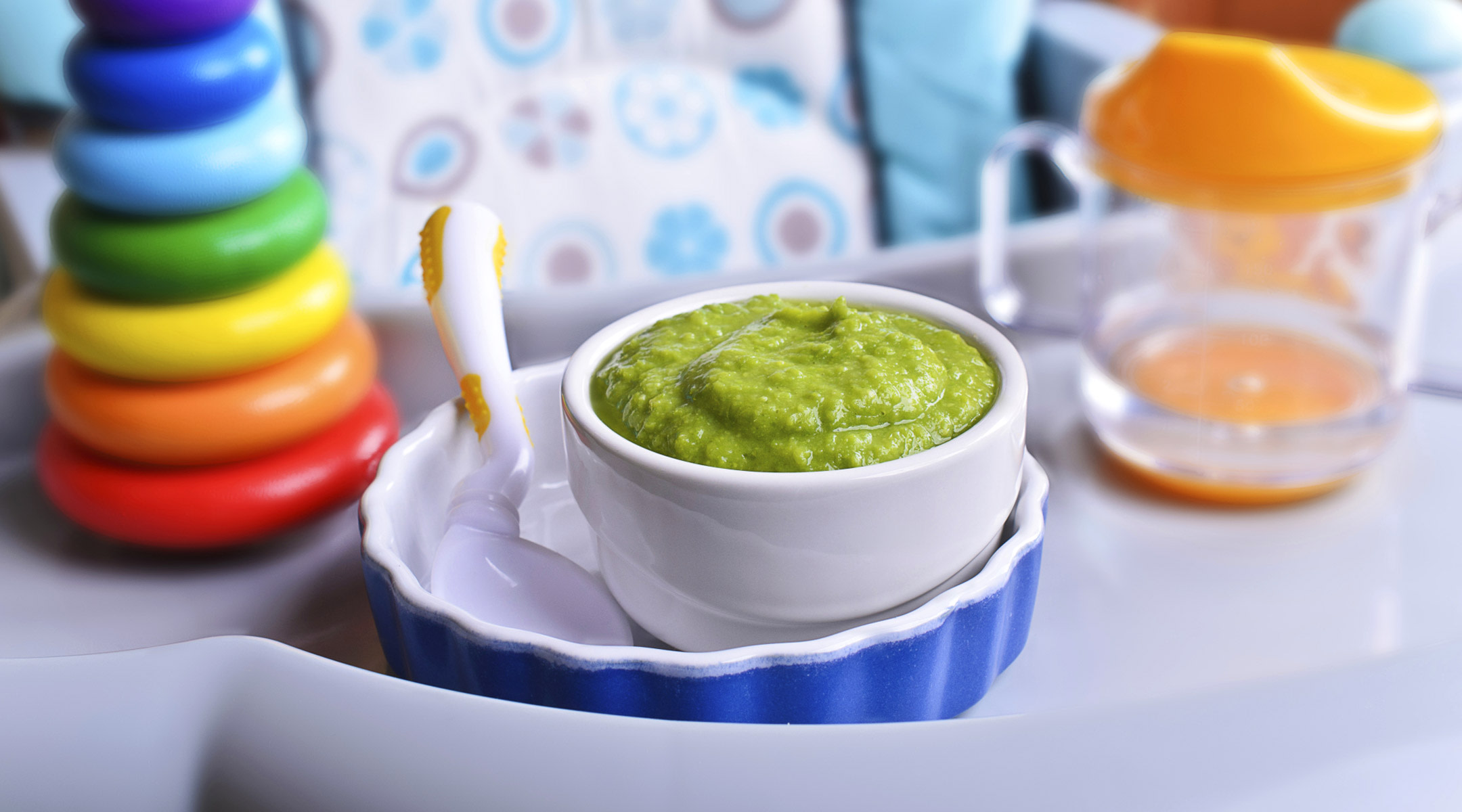
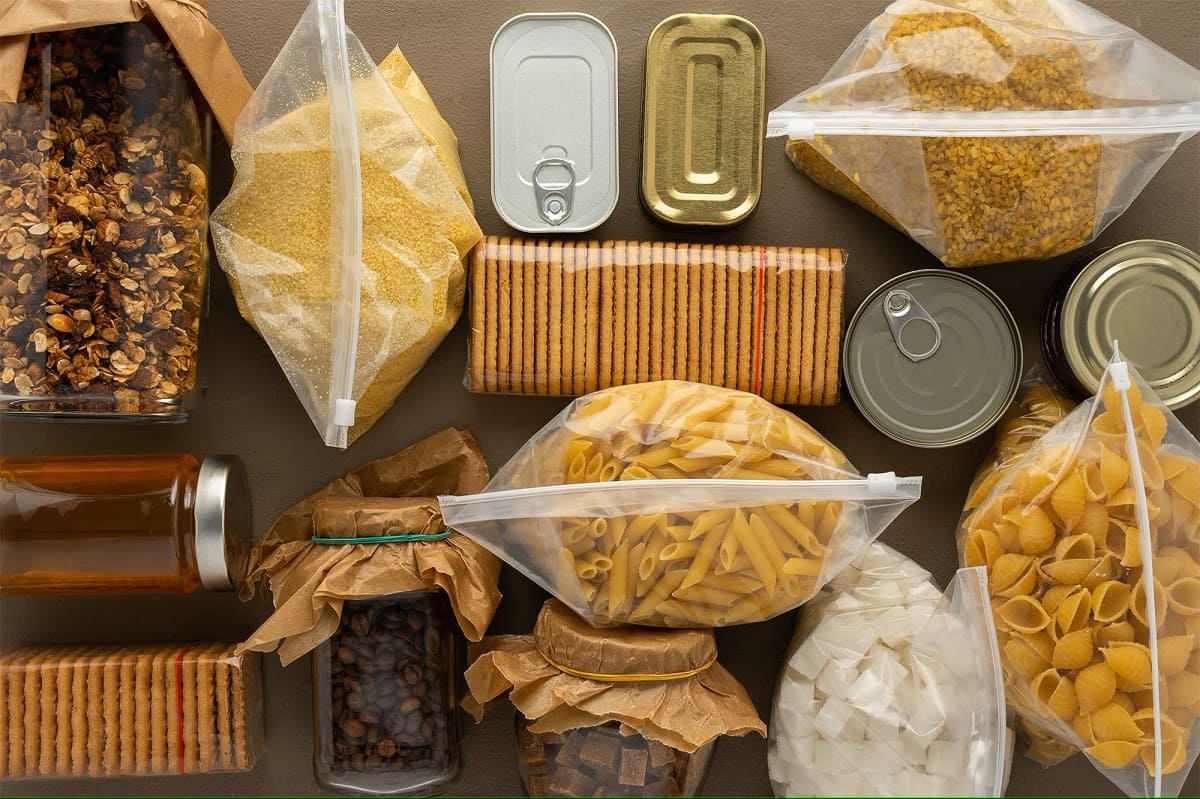
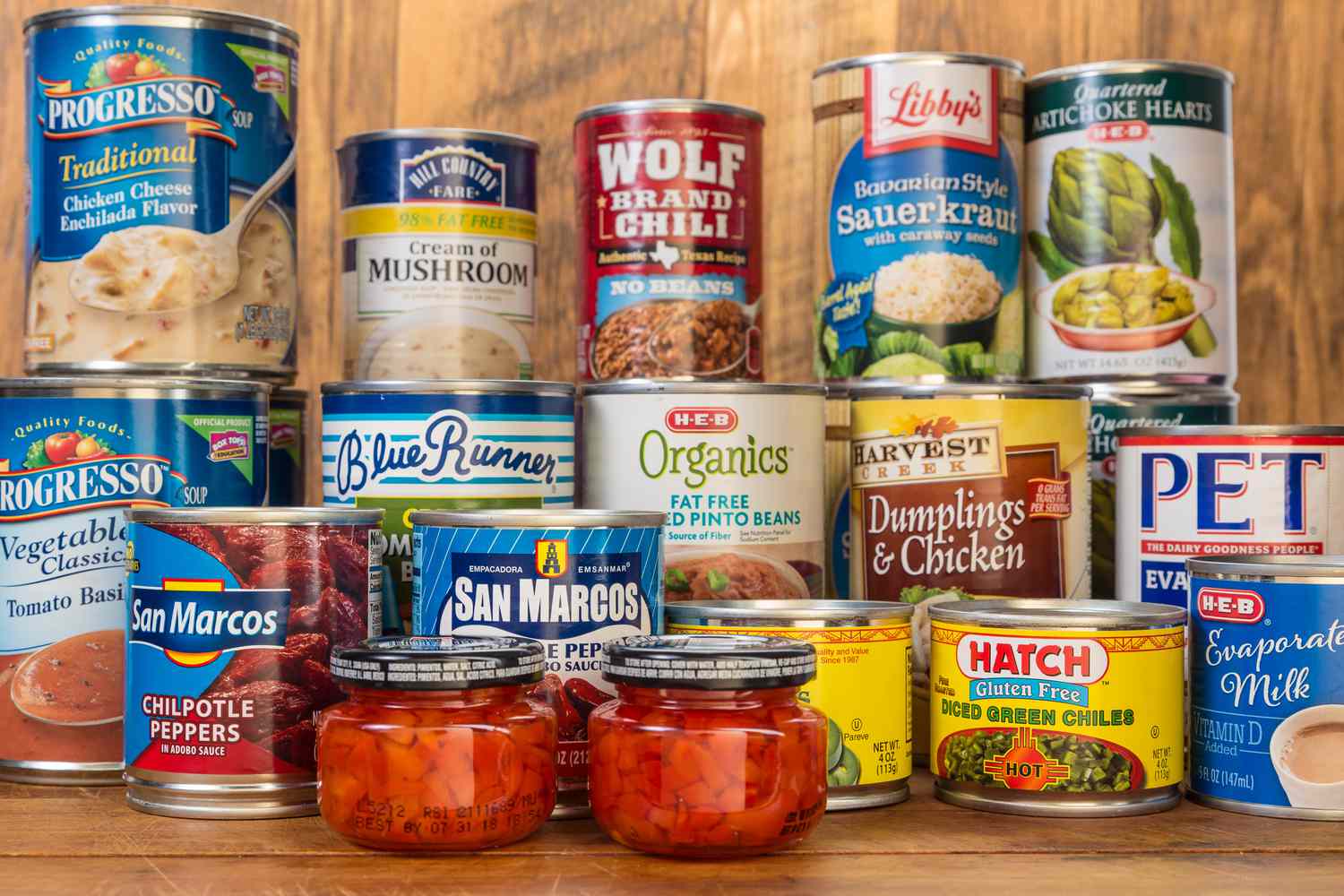
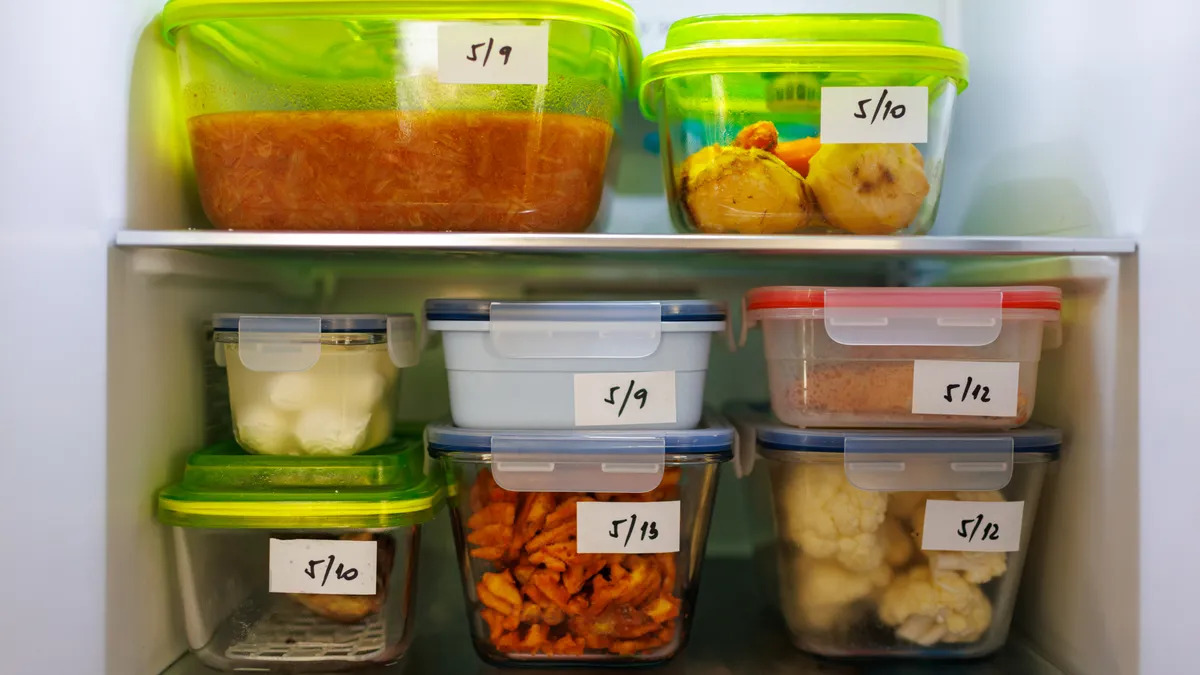
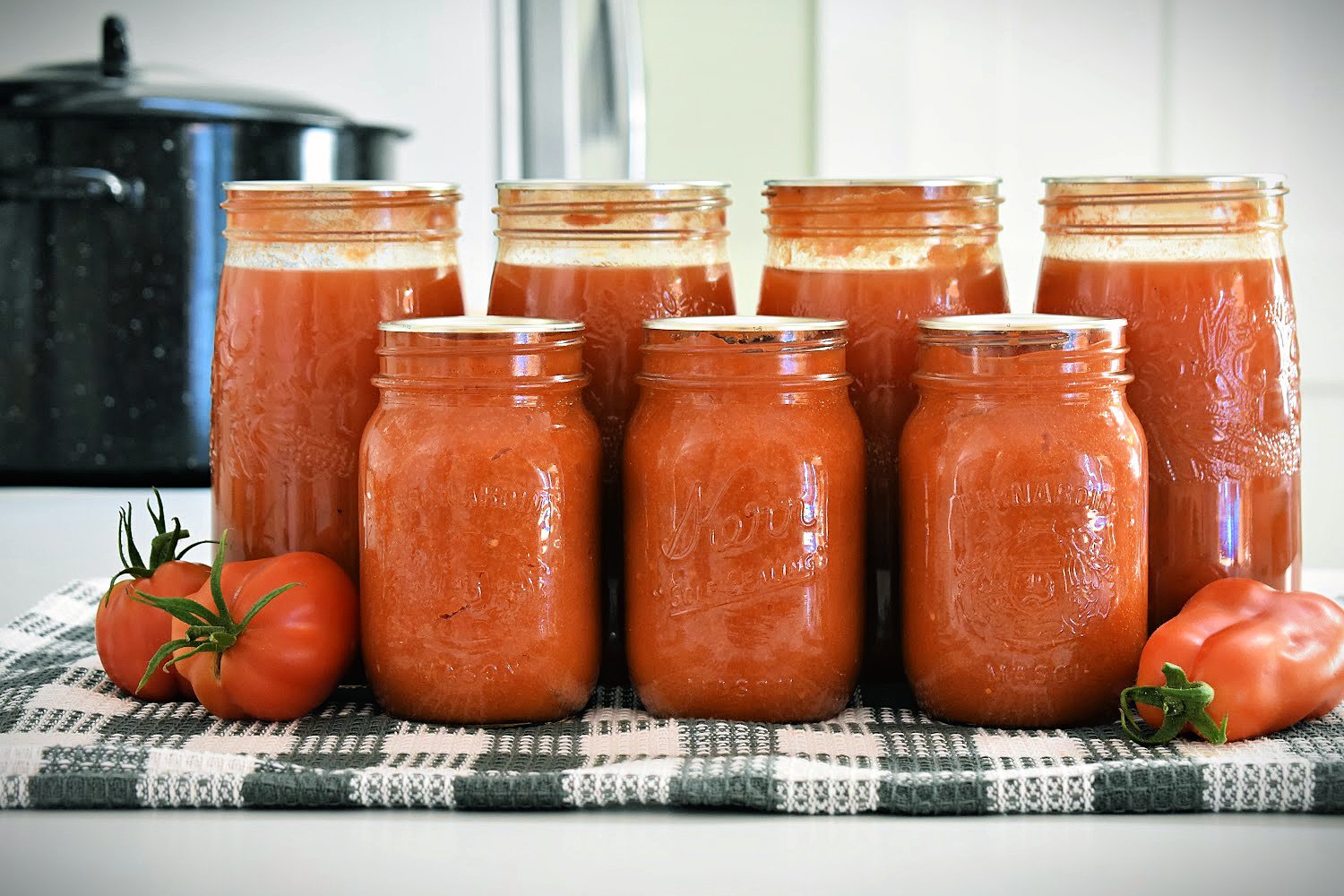
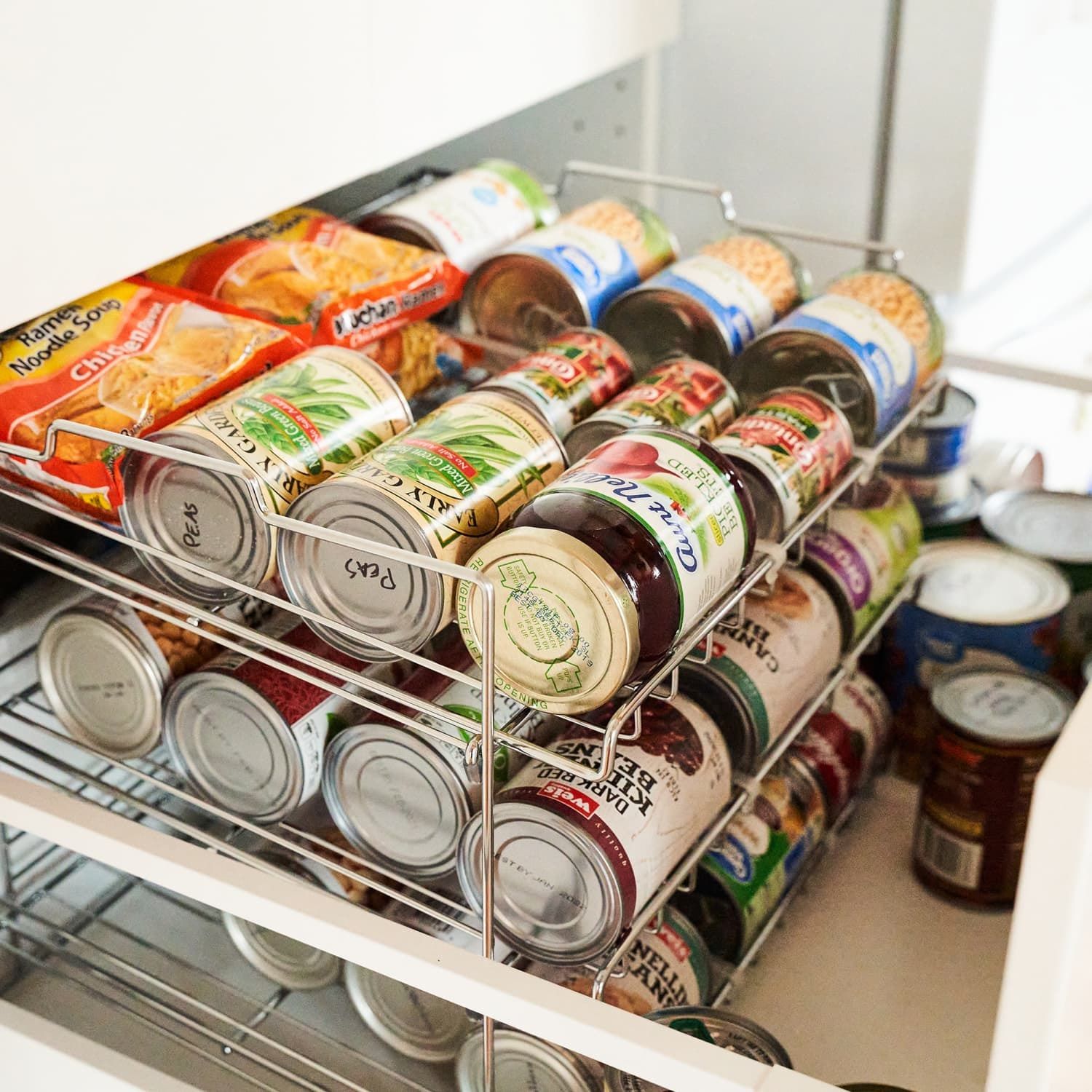
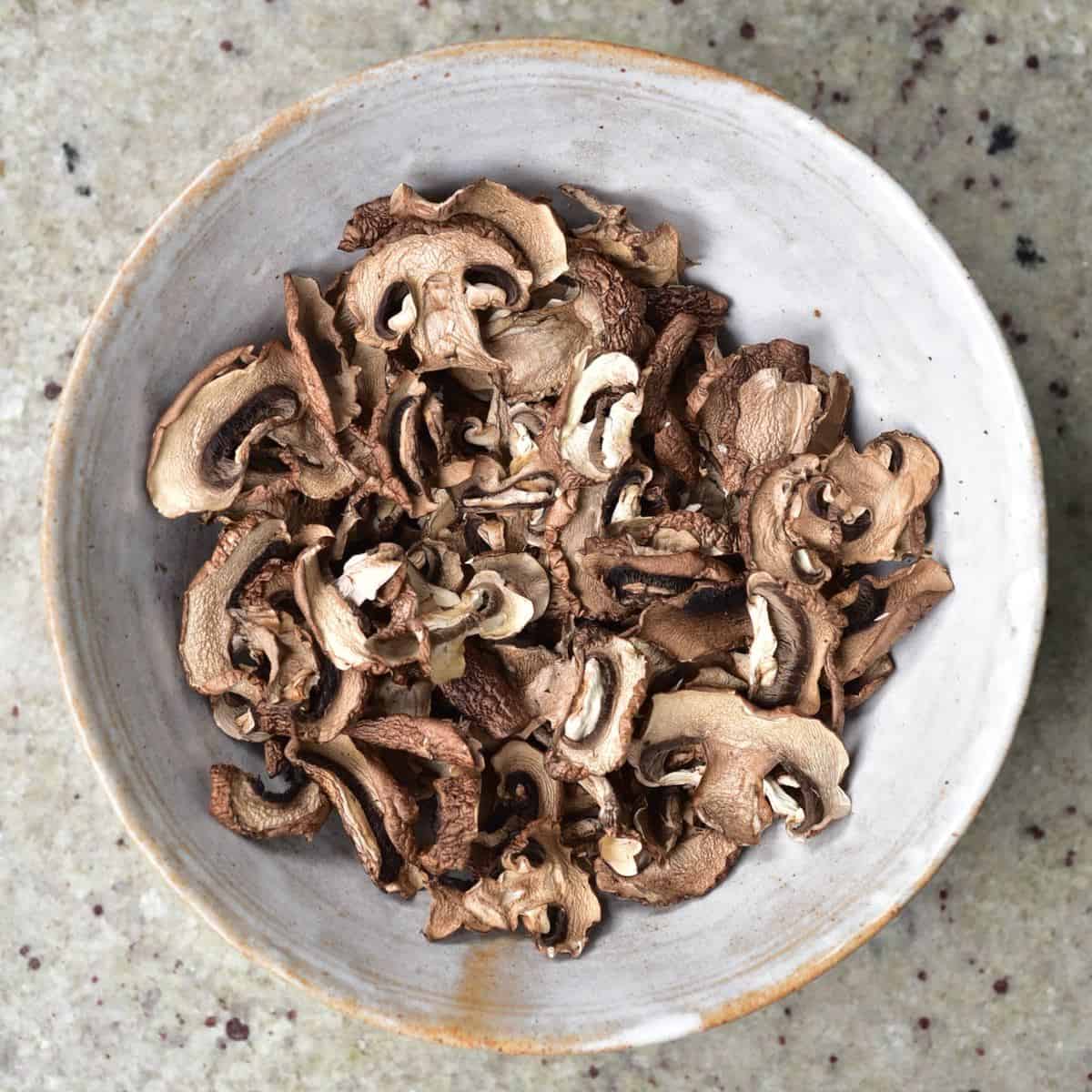

0 thoughts on “How To Store Bread In Pantry”